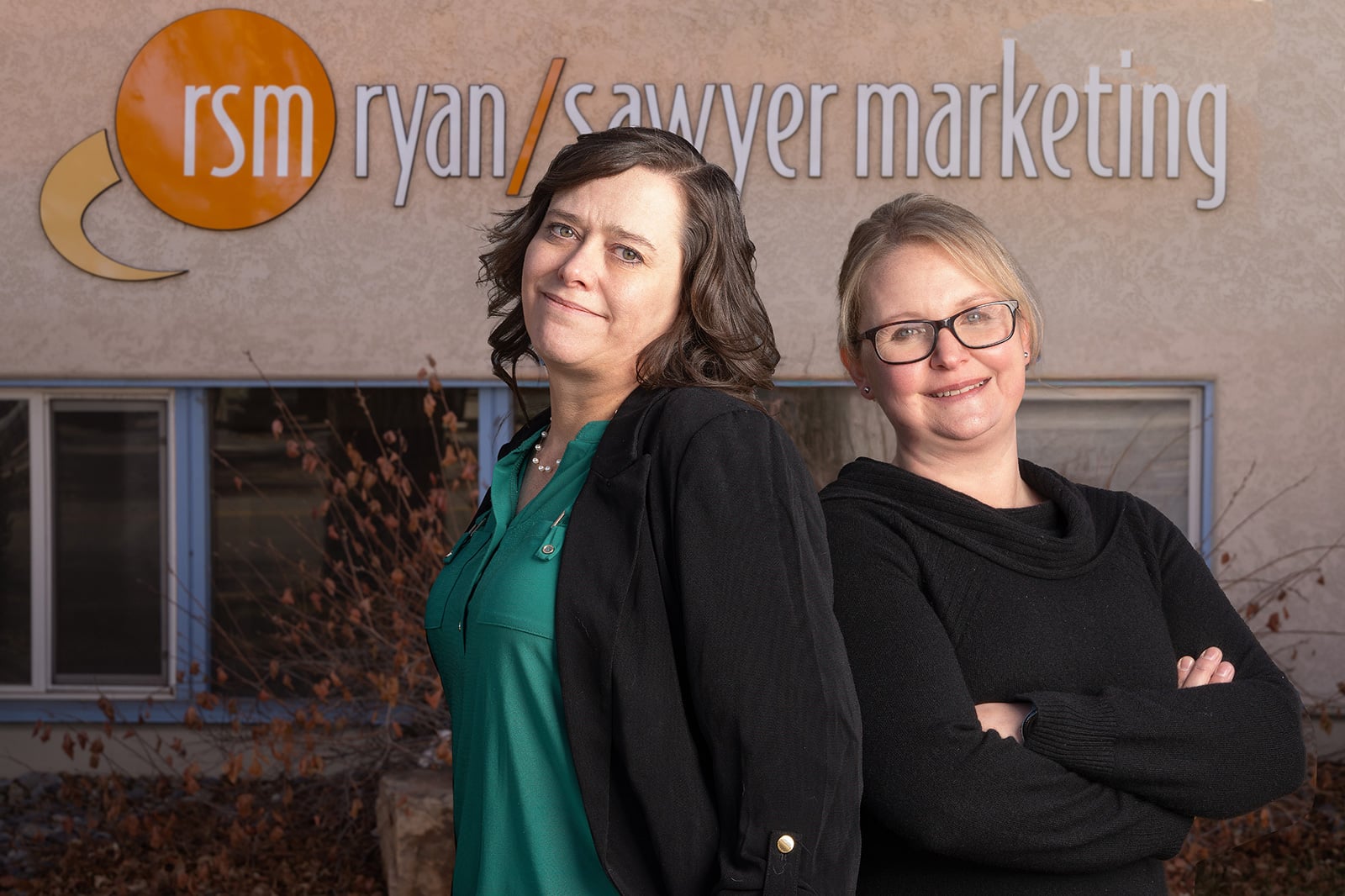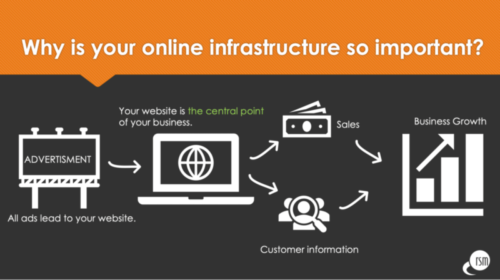Finding the Ideal Target Audience
Marketers always talk about the “target audience,” and for good reason. A target audience represents people who buy, or perhaps more accurately, who you want to buy, your product or service. They can be defined by demographic metrics: age, gender, income, size of household, occupation, and other information that can be quantifiably measured.
There’s another metric that’s just as important, albeit a bit more elusive, to come by: psychographics. Psychographics delve into a softer science that talks about what your target audience likes and doesn’t like, what their triggers are for doing or not doing something, and what other opinions, attributes, personalities, and lifestyles your audience is part of.
The more clearly you define your ideal target, the better your chances are of reaching them in a way that yields meaningful results. There is no “one-size-fits-all” approach when it comes to marketing a product – even a product people need, like laundry detergent. The better the marketing, the more clearly you feel like that brand understands you.
Let’s say, however, that you have a male-dominated audience and you want to reach more women. In this case, your ideal target is different than your current target resulting in a need to reposition your brand, product, or service. This requires careful maneuvering to ensure you have a product your ideal target wants (if not, you need to decide if it’s worth the expenditure to enhance your product). Trying to peddle a lesser product or service to your ideal target will, at a minimum, result in poor sales, and at most, risk your entire brand credibility while digging you into a hate-filled pit of ill-will that requires twice as much effort to get out of.
But, if you get it right, the results can be strong. Case in point: Bentley Motors. A couple of decades ago, they were simply the “cheap Rolls-Royce.” People who purchased them were roughly the same target audience as those who purchased Rollers, albeit with a smaller income (clearly. Ahem.) People of both vehicles didn’t really drive them – they rode in the back seat with their driver to take them where they wished. This was a small, aging group of consumers in the world, which I can only assume was reflected in the bottom line.
Bentley, at some point, realized they needed a change. They took into account who they wanted their audience to be, not who it currently was, and fully embraced the “luxury” moniker. That meant younger people flush with cash who wanted to be in the driver’s seat, not the back seat. Then, they retooled their product to match that audience (with more coming, including an SUV. Oh, the humanity). The result was Bentley offering up vehicles with bigger engines churning out crazy horsepower, better vehicle design, high-end luxuries like on-board wi-fi, and more vehicle offerings.
 Did it work? Absolutely. Think about Bentley now. How many actors, musicians, and other powerful business leaders are seen in their Bentleys? How many rappers talk about their Bentley in their songs? And these people are not just making bank, they have a huge sphere of influence that propagates positive opinions about the product, essentially building brand momentum with little additional marketing support.
Did it work? Absolutely. Think about Bentley now. How many actors, musicians, and other powerful business leaders are seen in their Bentleys? How many rappers talk about their Bentley in their songs? And these people are not just making bank, they have a huge sphere of influence that propagates positive opinions about the product, essentially building brand momentum with little additional marketing support.
Bentley took a gamble that paid out to the tune of 10,000+ vehicles a year, a nearly 1,000% increase from a decade ago. Because they exhaustively researched their audience from the broad demographics to the minutae of psychographic information, then (presumably) tested and focused group their planned offerings, they improved their chances for success. Sure, there was a lot more involved than simply building a new vehicle (where “more” = USD 2 Billion and new ownership), but if there isn’t a market or interest for it to begin with, it’s doomed.
If you need help identifying and reaching your ideal target audience, we’d love to help you. Just drop us an e-mail or give us a call to get started.





